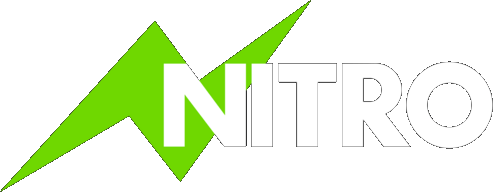🔥 Free 25% more CPU for all Accounts!
If you’ve been exploring ways to boost your WordPress site’s performance, you’ve likely come across the terms object cache and page cache. Both are essential tools for speeding up your site.
What is Object Cache?
The object cache in WordPress is designed to store frequently used database queries and other repetitive data that WordPress needs to fetch for each page load. Instead of querying the database repeatedly for the same information, object cache stores data in memory, speeding up data retrieval.
Think of it like this: every time a visitor accesses your WordPress site, WordPress makes a lot of database calls to retrieve posts, user information, or settings. The object cache stores these queries and their results, so the next time a visitor requests the same data, WordPress can pull it from memory instead of going back to the database.
Key Benefits of Object Caching:
- Faster Database Queries: Object caching drastically reduces the time WordPress spends querying the database.
- Improves Backend Performance: This is especially noticeable in the WordPress admin area, where repeated database calls can slow down page loading.
- Efficient for Dynamic Sites: Websites with complex data interactions (e.g., WooCommerce stores) benefit significantly from object caching.
Popular Object Caching Solutions:
- APCu: A PHP extension that stores user data in memory for faster access.
- Memcached: A distributed memory caching system that speeds up database-driven sites.
- Redis: An in-memory key-value store that can persist data between requests.
What is Page Cache?
Page caching works at a higher level than object caching. Instead of caching individual database queries, page cache stores entire rendered HTML pages. When a visitor requests a page that’s already been cached, WordPress serves the stored HTML instead of regenerating the page from scratch.
The difference? While object cache handles individual pieces of content (like a database query), page cache serves up the whole page in one go.
Key Benefits of Page Caching:
- Instant Page Loads: With page caching, WordPress can skip the entire page-generation process and serve static HTML versions of the page instantly.
- Reduced Server Load: By serving static pages, the server avoids PHP execution and database queries, which reduces load and makes the site more scalable.
- Ideal for Static Content: Page caching is most effective for sites with content that doesn’t change frequently, like blogs or informational websites.
Popular Page Caching Solutions:
- WP Super Cache: Generates static HTML files for your WordPress site.
- W3 Total Cache: Offers page caching along with other caching methods.
- LiteSpeed Cache: A powerful all-in-one caching plugin that also handles page caching for LiteSpeed servers.
Object Cache vs Page Cache: How They Differ
| Feature | Object Cache | Page Cache |
|---|---|---|
| What It Caches | Individual database queries and data objects | Entire HTML pages |
| Ideal For | Reducing database load and speeding up dynamic operations | Serving static versions of entire pages |
| Best For | Sites with complex database interactions (e.g., WooCommerce) | Sites with mostly static content (e.g., blogs) |
| Performance Boost | Improves backend performance and speeds up database queries | Drastically reduces load times by serving pre-rendered pages |
| How It Works | Stores frequently queried data in memory | Stores fully generated HTML pages in cache |
| Customization | Can cache specific objects or data sets | Works on entire pages, less granular control |
| Handling Logged-in Users | Object cache works well for logged-in users | Logged-in users often bypass page cache |
When to Use Object Cache:
- Dynamic Sites: If your site has complex database interactions, like WooCommerce or membership sites, object caching is a must. It’ll prevent your site from making repetitive database queries and help with faster backend performance.
- Logged-In Users: Since page caching usually doesn’t work well with logged-in users, object caching can ensure they still experience faster response times.
When to Use Page Cache:
- Static Sites: If you’re running a blog, news site, or brochure site, page caching will give you the most noticeable speed boost. Every time a user loads a page, WordPress can serve a cached version, bypassing the need for dynamic processing.
- High-Traffic Sites: When you expect traffic spikes, page caching can help your site handle much more traffic with less strain on your server.
The Perfect Combo: Using Both Object and Page Cache Together
To get the best performance for your WordPress site, using both object cache and page cache can give you a powerful speed boost.
- Object Cache helps you reduce the number of database queries and dynamic data fetching.
- Page Cache ensures that entire pages load faster by serving cached HTML versions.
For example, let’s say you’re running an online store with WooCommerce. You can use Redis for object caching to handle dynamic product pages and customer interactions, while also using WP Super Cache to store static versions of your product pages for faster loading.
This combination lets you maximize your site’s performance, ensuring both dynamic and static content loads as quickly as possible.
Final Thoughts
Both object caching and page caching are powerful tools for improving WordPress performance, but they serve different purposes. Object caching is ideal for reducing database load on dynamic sites, while page caching excels at speeding up the delivery of static pages.
